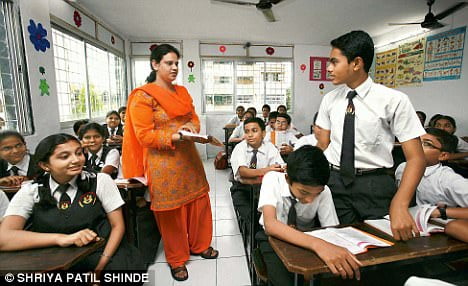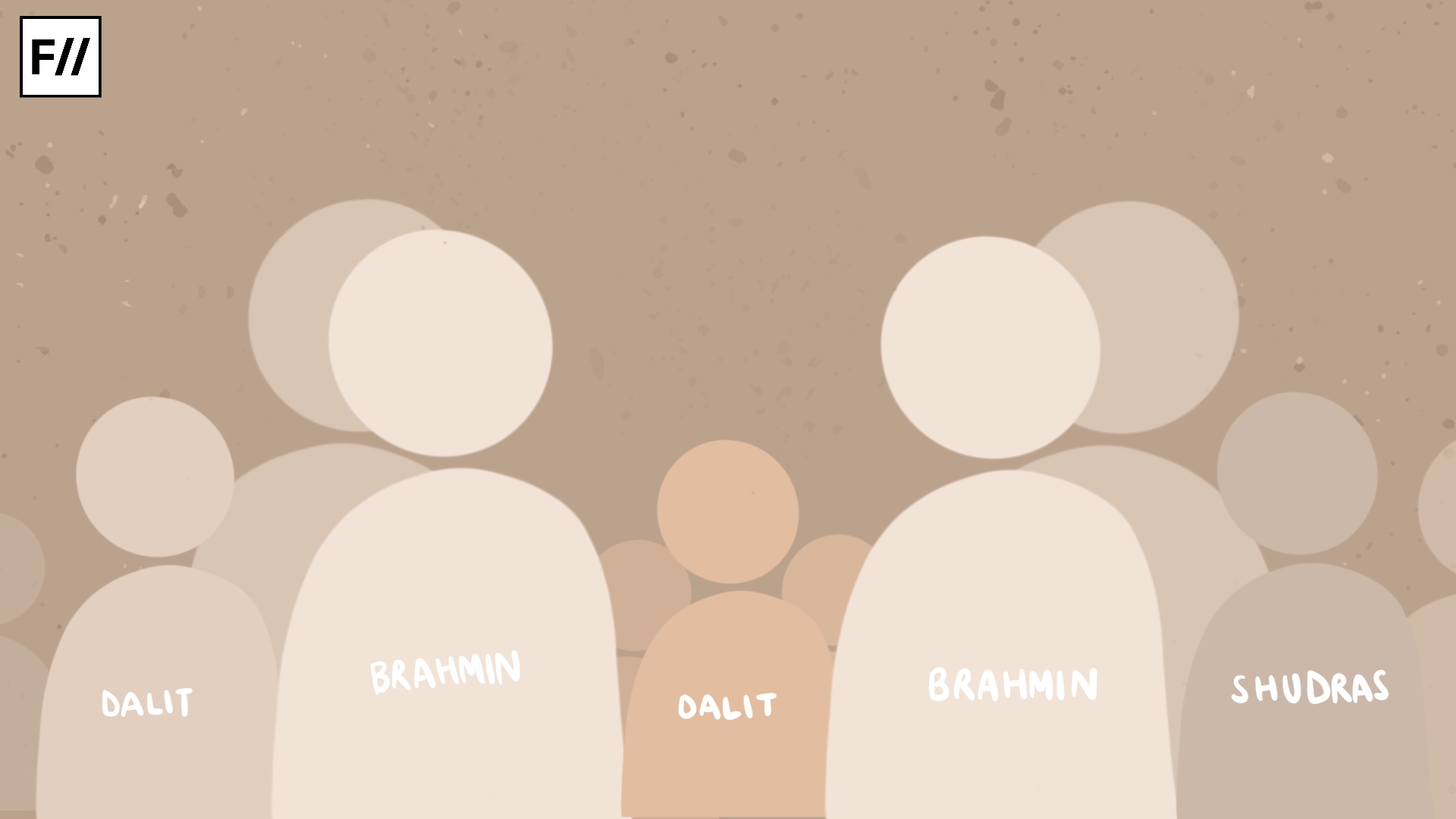Posted by Ishani Banerjee
“You’re a pimp.”
“Yeah, your mother comes to me.”
And so it went on, a conversation which involved loads of spitting, between two 7th graders I was supposed to be teaching for a month. The next thing I knew, another student had come up to me asking me whom he was supposed to hit to make the class fall silent. When I responded saying our class was going to be a non-violent space, he promptly responded in Marathi, “So whose ass do I put it up?” I do not remember the expression on my face.
Teaching a class of 47 7th graders has taught me a lot of interesting things. Group activities take more time because the ‘boys’ would not want to sit with the ‘girls’, one group complains the other cusses too much, the other complains the girls are being melodramatic. If you want to see how gender functions, step into my classroom.
How long has this been the case in classrooms?
My initiation into gender roles was when my father bought my first uniform. I remember the disappointment on my face when I realized my uniform did not have a zip, because it was a skirt. Thereafter, all hiccups related to gender began. All sorts of inexcusable behavior found a one-line justification in “He likes you, that’s why he hits you.” It moved on to separate seating arrangements (which has been replicated in the class I am teaching) and then the great menstruation taboo.
What I also see in this classroom is also the incredible amount of violence these children are subjected to from the teachers. And yet, it is only the boys who seem to hit each other in anger, in jest, in hatred and “no homo” love. What are my girls doing in the meanwhile? They are trying to figure out why didi keeps making them sit with boys who only want to jump out of their seats all the time.
All sorts of inexcusable behavior found a one-line justification in “He likes you, that’s why he hits you.”
That brings me to another point of interest in my classroom. While the boys are constantly running around, hitting one person and daring him to hit another to create a chain of violence, the girls will not leave their allotted place unless their teacher has asked them to.
Are teachers around me contributing to this?
Even before what my students do, I should perhaps have mentioned how teachers around me model behavior. “Even the girls are misbehaving now yaar,” is one frequent complaint I receive, “At least the girls should be docile, na?” And yet, these ‘docile girls’ never find a place in their conversations. It is interesting to see how the pronoun ‘he’ slips in so casually to stand for all gender-identifying pronouns, because of course ‘they’ is a tongue-twister. Girls never become women, but heck boys graduate to being men.
Do not ask me where trans* people are in the conversation, unless you want to hear jokes that will make your soul dissipate. No wonder my class stereotypes people based on their gender, because while boys are described as being rowdy and loud, my female students always end up getting the tag of constantly cribbing and “being a janaani”. For those who are new to this word, I have been told “janaani” is a woman (surprise!) who is constantly complaining about the neighbor’s daughter and her clothes. No clues for guessing why the janaani is complaining, because women are women’s worst enemies and can a man’s opinion ever be an assumption?
Girls never become women, but heck boys graduate to being men.
Also read: Analysing ‘Women Are Women’s Worst Enemies’ Or Patriarchal Bargain
But how does this play out in the classroom?
For starters, children begin picking up words to differentiate actions into binaries. For instance, my male co-fellow shouts, but the female co-fellow is described as “always screaming”. You go to bhaiya for sexual jokes and innuendoes and additionally to objectify didi. To didi, you point at other students and say “He is a banana, because he has a banana.”
That is not to say things haven’t been looking up in the classroom. One simple activity was to make the students look up the meaning of the words “item” and “girlfriend” and compare them. They of course had a legitimate question: “But my girlfriend likes being called item. Why should I not call her that?” Thankfully, the distinction between object and living being clarified it for them.
So if you want to see what gender roles look like in the most rudimentary sense, welcome to my classroom. While it could be a space for endless possibilities and collective action, we are still stuck on “Chee! You are a girl!” being demeaning for one of my angst-ridden adolescent boys. But I am hopeful, it has just been a week but they have been sitting together, without strangling each other and yelling for me to come reinforce discriminatory practices that are a part of their everyday lives.
We are still stuck on “Chee! You are a girl!” being demeaning for adolescent boys.
I am hopeful; I will re-explore my understanding of gender with them and not let it fall into the binaries they have grown up with.
I am hopeful for them, to know they are not ‘he’s and ‘she’s, but they.
I am hopeful.
Featured Image Credit: Shriya Patil Shinde via DailyMail | Image used for representational purposes only
About the author(s)
Guest Writers are writers who occasionally write on FII.





I don’t know what to say…..